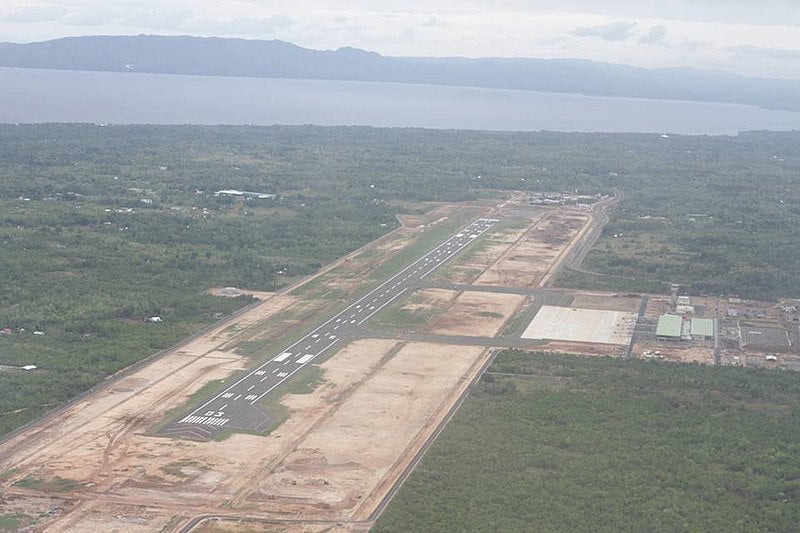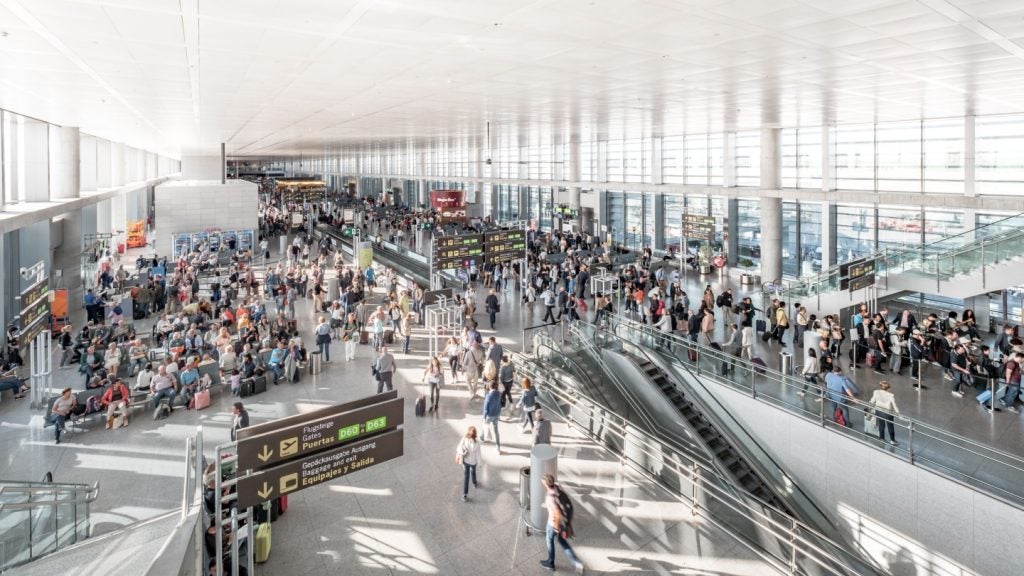
The Philippines Department of Transportation (DOTr) has announced that the PHP8.9bn ($169.37m) Bohol-Panglao International Airport (BPIA) is due to be opened by President Rodrigo Duterte.
Located on Panglao Island, Bohol Province in the central Philippines, the new facility will replace the existing Tagbilaran airport.
The new facility has been dubbed as the ‘green gateway to the world’ by the national government and covers an area of 13,337m².
Bohol airport was first conceived nearly 26 years ago and has been designed to accommodate approximately two million passengers a year.
BPIA houses a two-storey passenger terminal building (PTB), along with three multi-angled passengers boarding bridges.
The airport is capable of parking seven aircraft simultaneously, including bigger aeroplanes to support international operations.
How well do you really know your competitors?
Access the most comprehensive Company Profiles on the market, powered by GlobalData. Save hours of research. Gain competitive edge.

Thank you!
Your download email will arrive shortly
Not ready to buy yet? Download a free sample
We are confident about the unique quality of our Company Profiles. However, we want you to make the most beneficial decision for your business, so we offer a free sample that you can download by submitting the below form
By GlobalDataAn upgraded instrument landing system has been deployed at the airport to help aircraft land at night.
The new airport is equipped with utilities such as a powerhouse and systems for water supply, sewage treatment, and a solid waste disposal.
In addition, the airport houses control tower and administration building, fire rescue stations and maintenance building.
BPIA also features pinewood-style ceilings and solar panels, which could provide more than 30% power to meet the requirements of its passenger terminal building.
A Japanese consortium of Chiyoda Corporation and Mitsubishi Corporation served as the prime contractor for the project. EEI Corporation acted as the sub-contracting partner and managed the civil works.
The design and consultancy work for BPIA was carried out by Japan Airport Consultants (JAC) in collaboration with Phil JAC.





